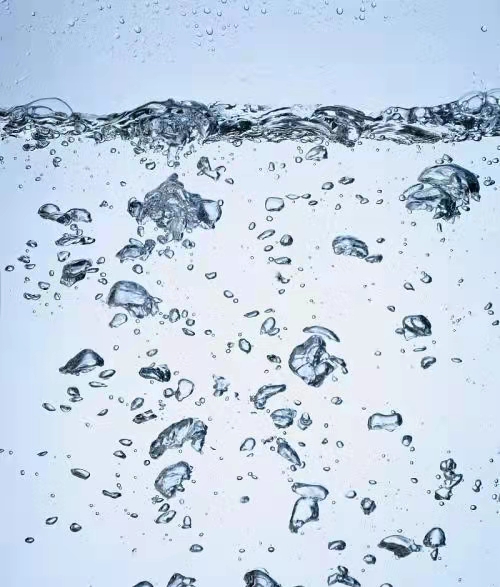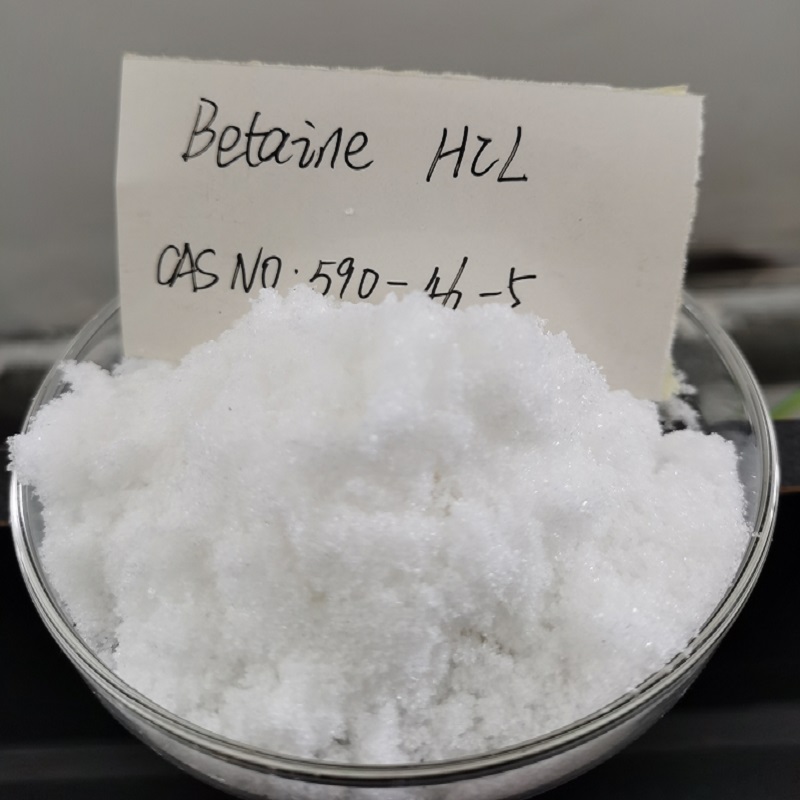Betaine type surfactant
Bipolar surfactants are surfactants that have both anionic and cationic hydrophilic groups.
Broadly speaking, amphoteric surfactants are compounds that possess any two hydrophilic groups within the same molecule, including anionic, cationic, and nonionic hydrophilic groups. The commonly used amphoteric surfactants are mostly hydrophilic groups with ammonium or quaternary ammonium salts in the cationic part and carboxylate, sulfonate, and phosphate types in the anionic part. For example, amino acid amphoteric surfactants with amino and segment groups in the same molecule are betaine amphoteric surfactants made from internal salts containing both quaternary ammonium and carboxyl groups, with a wide variety of types.
The display of amphiphilic surfactants varies with the pH value of their solution.
Displaying the properties of cationic surfactants in acidic media; Displaying the properties of anionic surfactants in alkaline media; Display the properties of non-ionic surfactants in neutral media. The point where cationic and anionic properties are perfectly balanced is called the isoelectric point.
At the isoelectric point, amino acid type amphoteric surfactants sometimes precipitate, while betaine type surfactants are not easily precipitated even at the isoelectric point.
Betaine type surfactants were initially classified as quaternary ammonium salt compounds, but unlike quaternary ammonium salts, they do not have anions.
Betaine maintains its molecular positive charge and cationic properties in acidic and alkaline media. This type of surfactant cannot obtain positive or negative charges. Based on the pH value of the aqueous solution of this type of compound, it is reasonable to classify it as an amphoteric surfactant incorrectly.

According to this argument, betaine type compounds should be classified as cationic surfactants. Despite these arguments, most betaine compound users continue to classify them as amphoteric compounds. In the range of heteroelectricity, there exists a biphasic structure in surface activity: R-N+(CH3) 2-CH2-COO -.
The most common example of betaine type surfactants is alkyl betaine, and its representative product is N-dodecyl-N, N-dimethyl-N-carboxyl betaine [BS-12, Cl2H25-N+(CH3) 2-CH2COO -]. Betaine with amide groups [Cl2H25 in the structure is replaced by R-CONH - (CH2) 3-] has better performance.
The water hardness does not affect the betaine surfactant. It produces good foam and good stability in both soft and hard water. In addition to being compounded with anionic compounds at low pH values, it can also be used in combination with anionic and cationic surfactants. By combining betaine with anionic surfactants, ideal viscosity can be achieved.
